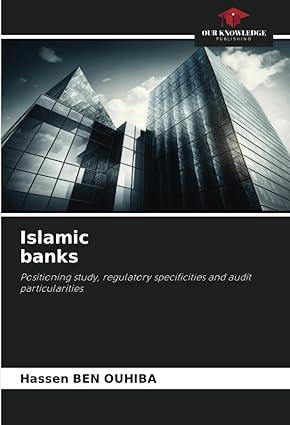Question
(1) Looking for the actual numbers in each of these questions: 1.) What is the Flexible budget food expense? 2.) Recalling that the average cost
(1)
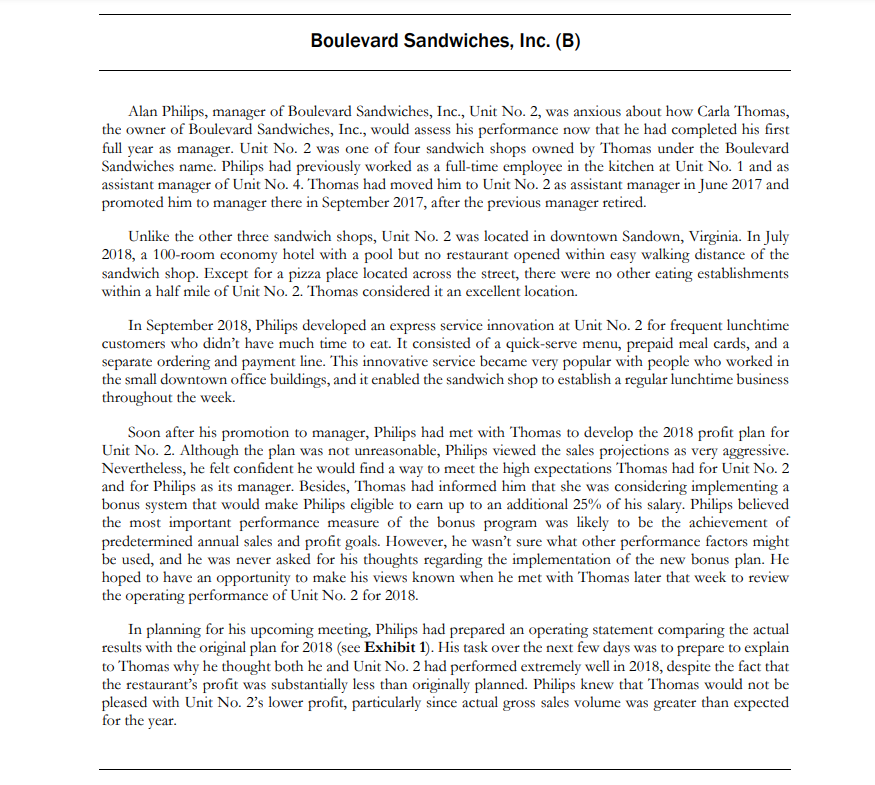

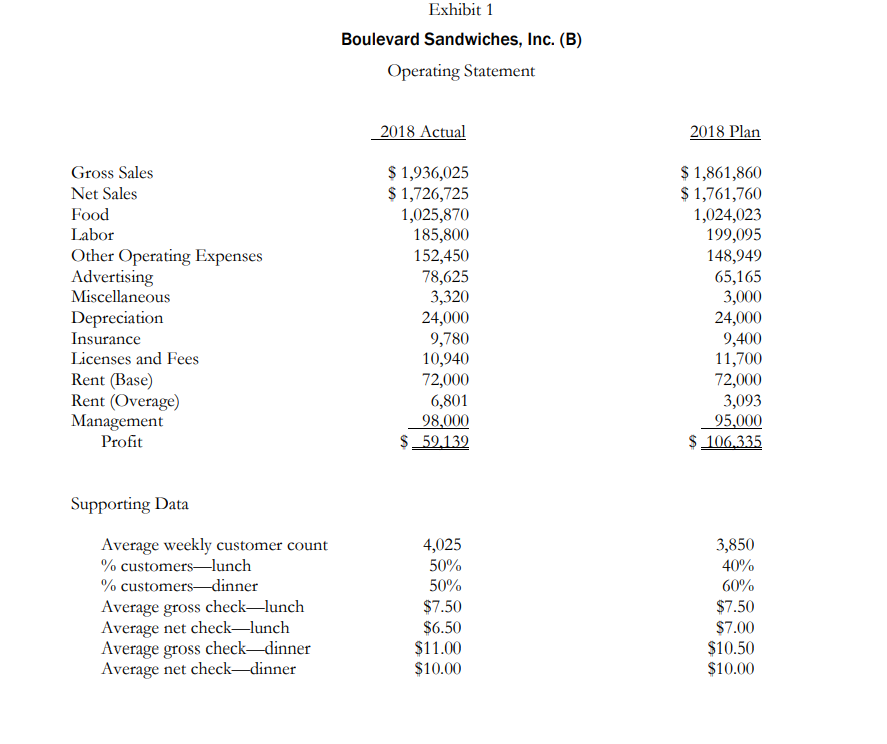
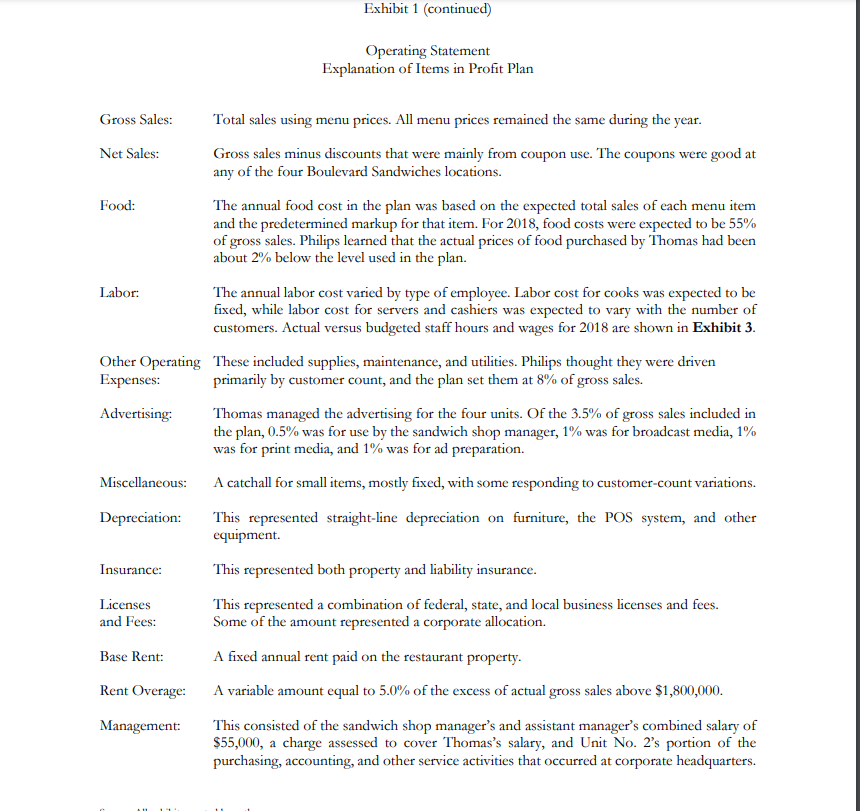
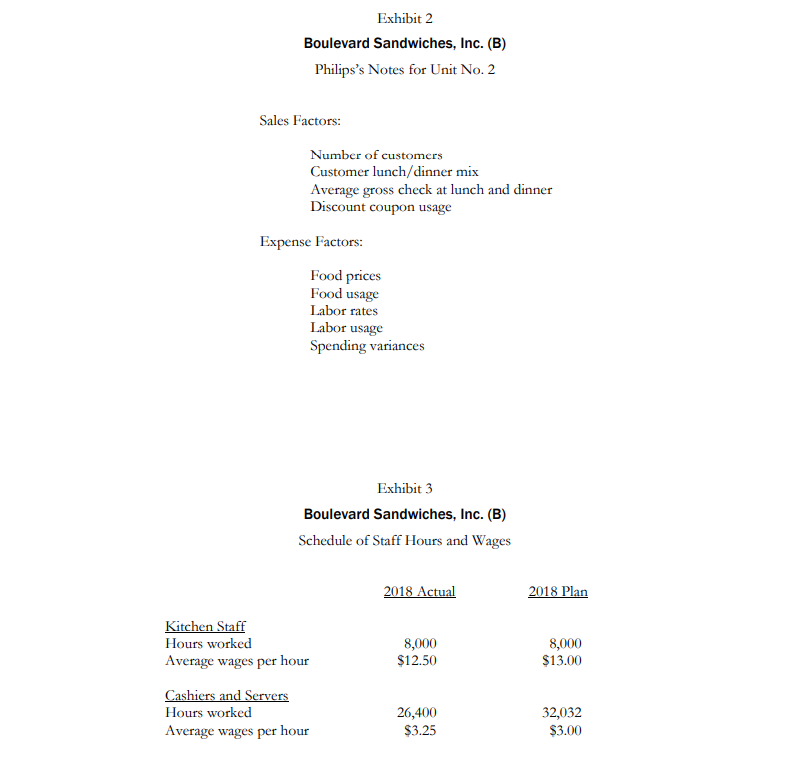
Looking for the actual numbers in each of these questions:
1.) What is the Flexible budget food expense?
2.) Recalling that the average cost of cashiers and servers is 0.4754/customer, the flexible budget for labor expenses including cooks, cashiers and servers is what amount?
3.) Based on the flexible budget what is the depreciation expense?
4.) Focusing on the food variances, and knowing the flexible budget for food, what is volume variance for food (the affect of selling more sandwiches)?
5.) Knowing the volume variance for food, what is the price variance for food?
6.) Knowing the price variance for food, what is the efficiency variance for food?
7.) Focusing on the labor variances, and knowing the flexible budget for labor, what is volume variance for cooks ( the affect of selling more sandwiches)?
8.) Knowing the volume variance for cooks, what is the efficiency variance for cooks?
9.) Knowing the volume and efficiency variance for cooks, what is the price variance for cooks?
10.) Focusing on the labor variances, and knowing the flexible budget for labor, what is volume variance for cashiers and servers (the affect of selling more sandwiches)?
11.) Knowing the volume variance and holding the wages for cashiers and servers at the budgeted $3.00/hour, what is the efficiency variance for cashiers and servers?
12.) Knowing the volume variance and the actual hours worked for cashiers and servers, what is the price variance for cashiers and servers at the actual hours worked?
Boulevard Sandwiches, Inc. (B) Alan Philips, manager of Boulevard Sandwiches, Inc., Unit No. 2, was anxious about how Carla Thomas, the owner of Boulevard Sandwiches, Inc., would assess his performance now that he had completed his first full year as manager. Unit No. 2 was one of four sandwich shops owned by Thomas under the Boulevard Sandwiches name. Philips had previously worked as a full-time employee in the kitchen at Unit No. 1 and as assistant manager of Unit No. 4. Thomas had moved him to Unit No. 2 as assistant manager in June 2017 and promoted him to manager there in September 2017, after the previous manager retired. Unlike the other three sandwich shops, Unit No. 2 was located in downtown Sandown, Virginia. In July 2018, a 100-room economy hotel with a pool but no restaurant opened within easy walking distance of the sandwich shop. Except for a pizza place located across the street, there were no other eating establishments within a half mile of Unit No. 2. Thomas considered it an excellent location. In September 2018, Philips developed an express service innovation at Unit No. 2 for frequent lunchtime customers who didn't have much time to eat. It consisted of a quick-serve menu, prepaid meal cards, and a separate ordering and payment line. This innovative service became very popular with people who worked in the small downtown office buildings, and it enabled the sandwich shop to establish a regular lunchtime business throughout the week. Soon after his promotion to manager, Philips had met with Thomas to develop the 2018 profit plan for Unit No. 2. Although the plan was not unreasonable, Philips viewed the sales projections as very aggressive. Nevertheless, he felt confident he would find a way to meet the high expectations Thomas had for Unit No. 2 and for Philips as its manager. Besides, Thomas had informed him that she was considering implementing a bonus system that would make Philips eligible to earn up to an additional 25% of his salary. Philips believed the most important performance measure of the bonus program was likely to be the achievement of predetermined annual sales and profit goals. However, he wasn't sure what other performance factors might be used, and he was never asked for his thoughts regarding the implementation of the new bonus plan. He hoped to have an opportunity to make his views known when he met with Thomas later that week to review the operating performance of Unit No. 2 for 2018. In planning for his upcoming meeting, Philips had prepared an operating statement comparing the actual results with the original plan for 2018 (see Exhibit 1). His task over the next few days was to prepare to explain to 'Thomas why he thought both he and Unit No. 2 had performed extremely well in 2018, despite the fact that the restaurant's profit was substantially less than originally planned. Philips knew that Thomas would not be pleased with Unit No. 2's lower profit, particularly since actual gross sales volume was greater than expected for the year. Philips tried to think of all the factors that had affected Unit No. 2's results for 2018, and he jotted them down on a notepad (see Exhibit 2). In addition, he prepared a schedule of actual versus budgeted staff labor hours and wages for the year (see Exhibit 3). He knew he had done a good job, and all he had to do now was to convince Thomas. Doing so would entail responding to her two favorite questions: "How did actual sales compare with planned sales?" and "How well were costs and expenses controlled?" Philips suspected that his only hope for receiving a bonus was to prepare an explanation of the 2018 operating results for Unit No. 2 that was comprehensive, logical, and very convincing. Exhibit 1 Boulevard Sandwiches, Inc. (B) Operating Statement 2018 Actual 2018 Plan Gross Sales Net Sales \begin{tabular}{rr} $1,936,025 & $1,861,860 \\ $1,726,725 & $1,761,760 \\ 1,025,870 & 1,024,023 \\ 185,800 & 199,095 \\ 152,450 & 148,949 \\ 78,625 & 65,165 \\ 3,320 & 3,000 \\ 24,000 & 24,000 \\ 9,780 & 9,400 \\ 10,940 & 11,700 \\ 72,000 & 72,000 \\ 6,801 & 3,093 \\ 98,000 & 95,000 \\ \hline 59,139 & $106,335 \\ \hline \hline \end{tabular} Supporting Data Averageweeklycustomercount%customers-lunch%customers-dinnerAveragegrosscheck-lunchAveragenetcheck-lunchAveragegrosscheck-dinnerAveragenetcheck-dinner4,02550%50%$7.50$6.50$11.00$10.003,85040%60%$7.50$7.00$10.50$10.00 Operating Statement Explanation of Items in Profit Plan Total sales using menu prices. All menu prices remained the same during the year. Gross sales minus discounts that were mainly from coupon use. The coupons were good at any of the four Boulevard Sandwiches locations. The annual food cost in the plan was based on the expected total sales of each menu item and the predetermined markup for that item. For 2018, food costs were expected to be 55% of gross sales. Philips learned that the actual prices of food purchased by Thomas had been about 2% below the level used in the plan. The annual labor cost varied by type of employee. Labor cost for cooks was expected to be fixed, while labor cost for servers and cashiers was expected to vary with the number of customers. Actual versus budgeted staff hours and wages for 2018 are shown in Exhibit 3. These included supplies, maintenance, and utilities. Philips thought they were driven primarily by customer count, and the plan set them at 8% of gross sales. Thomas managed the advertising for the four units. Of the 3.5% of gross sales included in the plan, 0.5% was for use by the sandwich shop manager, 1% was for broadcast media, 1% was for print media, and 1% was for ad preparation. A catchall for small items, mostly fixed, with some responding to customer-count variations. This represented straight-line depreciation on furniture, the POS system, and other equipment. This represented both property and liability insurance. This represented a combination of federal, state, and local business licenses and fees. Some of the amount represented a corporate allocation. A fixed annual rent paid on the restaurant property. A variable amount equal to 5.0% of the excess of actual gross sales above $1,800,000. This consisted of the sandwich shop manager's and assistant manager's combined salary of $55,000, a charge assessed to cover Thomas's salary, and Unit No. 2's portion of the purchasing, accounting, and other service activities that occurred at corporate headquarters. Exhibit 3 Boulevard Sandwiches, Inc. (B) Schedule of Staff Hours and WagesStep by Step Solution
There are 3 Steps involved in it
Step: 1

Get Instant Access to Expert-Tailored Solutions
See step-by-step solutions with expert insights and AI powered tools for academic success
Step: 2

Step: 3

Ace Your Homework with AI
Get the answers you need in no time with our AI-driven, step-by-step assistance
Get Started


